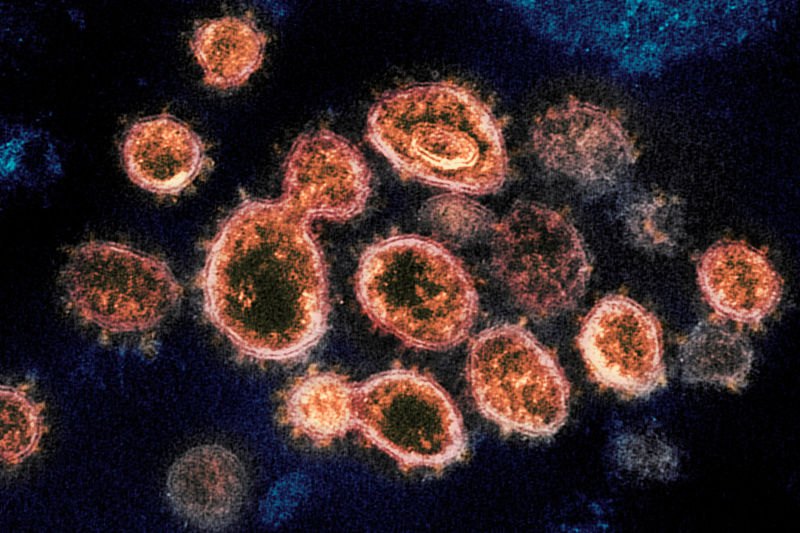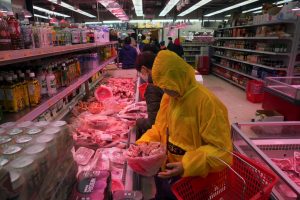Cases of avian influenza are rising globally, with 272 additional events of outbreaks in birds recorded worldwide by the United Nations Food and Agriculture Organization in little more than a month, with Asia-Pacific particularly at risk.
More avian flu cases have been seen in the Asia-Pacific region, but also in Africa and Europe during the past year. It is suspected that wild birds may play a role in spreading the virus globally, the FAO’s Asia office in Bangkok said on Friday.
According to the the World Health Organization (WHO), influenza A (H5N6) has caused 52 human infections in the Asia-Pacific region since 2014, half of which have occurred in 2021, and mostly in people with close contact with poultry prior to infection.
“Avian influenza viruses are constantly evolving, and we must be vigilant to detect new subtypes of the virus that could devastate poultry production systems in the region or infect humans, which can lead to a pandemic,” said Kachen Wongsathapornchai, the FAO’s regional manger of the Emergency Centre for Transboundary Animal Diseases (ECTAD).
“There is an urgent need to better share information on what strains of influenza circulate in Asia and ensure countries take the necessary steps to protect the public health and the livelihoods of their communities,” he added.
High-Threat Pathogens
The WHO said there has been an increasing number of high-threat pathogens emerging and reemerging in recent years, not only avian influenza but also SARS-CoV, MERS-CoV, Lassa, Marburg, Ebola, Nipah and the latest being SARS-CoV-2.
“There is not only need for robust surveillance and early actions for rapid detection and mitigation efforts, but a need for a robust and systematic processes to establish the study around the emergence of these pathogens and routes of transmission from their natural reservoirs to humans,” the WHO said.
Epidemiologists are also concerned about the spread of high threat pathogens across species. In late 2020, a disease outbreak caused the deaths of swans, seals and a fox at a wildlife rehabilitation centre in the UK.
Five swans died after onset of highly pathogenic avian influenza virus infection while they were in captivity, soon after which three seals and a fox also succumbed.
“A question that remains is why infection with an H5N8 isolate of avian influenza, which is pathogenic for birds, caused death in mammals in this incident,” according to a US Centers for Disease Control and Prevention statement.
- George Russell
READ MORE:
Inside Wuhan’s secretive National Biosafety Lab
Deciphering the DNA of an epidemic





















